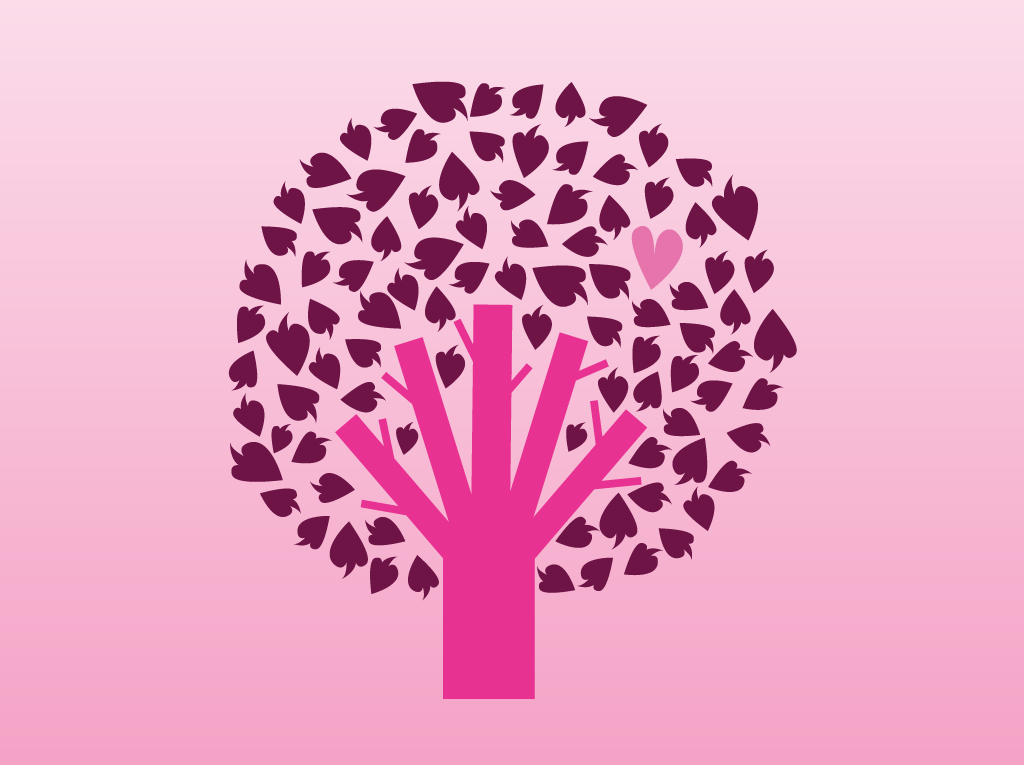Are you feeling the need to relax but unsure which relaxation method suits you best? Let’s explore some of my favorite techniques which can help you unwind and rejuvenate. Choose the one that resonates with you the most, and embark on a journey of self-care.
- Mindful Breathing: Embrace the Power of Conscious Respiration – Have you tried mindful breathing to ease stress and promote relaxation? Unlike our usual unconscious breathing, mindful breathing requires intentional focus. Find a comfortable spot, sit down, and inhale deeply through your nose, allowing your belly to expand. Exhale slowly through your mouth, emptying your belly. Concentrate on the rhythmic flow of air through your body. Practicing this mindful breathing technique at least three times a day can significantly reduce stress. You can do it anywhere, anytime – just take a minute for deep, conscious breathing, and feel the relaxation take over.
- Meditation: Embracing Mindfulness for Inner Peace – Discover the simplicity of mindfulness meditation to care for your mind and well-being. Close your eyes and concentrate on the sensation of air entering and leaving your nostrils. Stay focused, redirecting your attention to your breath if your mind wanders. Meditation doesn’t have to be complicated – even a few minutes can make a difference. For those who love technology, there are meditation apps that guide and support your journey. Incorporate short meditation sessions to your day to experience a profound sense of tranquility.
- Massage: Unlock Serenity and Well-Being – Tension can melt away with a soothing massage, providing a sense of serenity and relaxation. If you can’t access a professional massage, consider massage devices for targeted relief on your neck, feet, back, or head. From massage chairs to eye masks, various tools are available to help you unwind. Try simple solutions like rolling tennis balls under your feet for a DIY reflexology session. Reclaim your calm and bid farewell to stress.
- Yoga and Pilates: Nurturing Physical and Mental Health – Explore the combined benefits of Yoga and Pilates for both physical and mental well-being. While Yoga emphasizes the mind-body connection, Pilates engages your muscles deeply. Whether you prefer the meditative flow of Yoga or the dynamic exercises of Pilates, these disciplines contribute to overall health. Incorporate these practices into your routine to enhance relaxation and build resilience against life’s challenges.
- Aromatherapy: Elevate Your Mood with Aromatic Bliss – Harness the power of aromatherapy by using plant essences to promote relaxation. Essential oil diffusers can atomize oils, creating a calming atmosphere. Some favorite relaxation oils include Lavender, Neroli, Marjoram, Grapefruit, Mandarin, and Scots Pine. Each oil brings its unique properties, from sedative and calming effects to stress relief and emotional balance. Experiment with these scents to find the perfect aromatic escape that suits your relaxation needs.
These are my top relaxation methods, each offering a unique path to tranquility. Choose the one that resonates with you or mix and match to create your personalized self-care routine. Remember, taking care of yourself is a powerful step towards a more relaxed and balanced life. Share your favorite relaxation method or discover new ones to enhance your well-being!
Thank you for reading! Please sign up for my blog crisbiecoach so you don’t miss out on any posts!
























